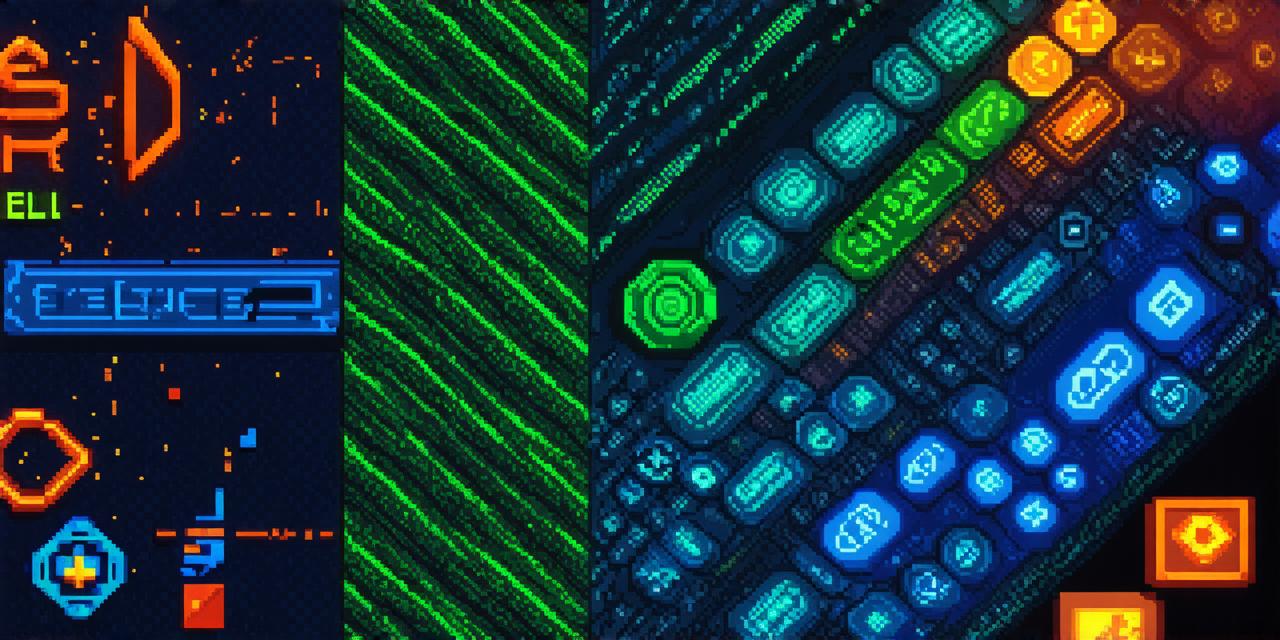Introduction
Game development is an exciting and challenging field that requires creativity, technical skills, and a passion for games. Whether you’re a beginner or an experienced game developer, there is always something new to learn and explore in this dynamic industry. In this seminar, we will delve into the art of game creation and provide you with valuable insights and practical tips to help you succeed in your journey.
The Importance of Game Design
Game design is the foundation of any successful game. It involves creating a concept, story, rules, mechanics, and characters that are engaging, fun, and immersive for the players. Good game design can make or break a game’s success in the market. According to a survey by Newzoo, 52% of gamers said that they would stop playing a game if the design was poor.
One example of excellent game design is “Minecraft,” which has sold over 200 million copies worldwide. The game’s simple yet addictive gameplay, infinite possibilities for creation and exploration, and the ability to play with friends have made it one of the most popular games of all time.
Case Studies in Game Creation
Let’s take a look at some real-life examples of successful game creation that demonstrate the importance of good game design:
1. “The Legend of Zelda: Breath of the Wild”
Nintendo’s “The Legend of Zelda: Breath of the Wild” is a prime example of how great game design can create an immersive and engaging experience for players. The game features an open-world environment with diverse biomes, creatures, and puzzles that encourage exploration and discovery. The game’s mechanics are intuitive and easy to learn, making it accessible to newcomers while still providing challenges for experienced gamers.
2. “Angry Birds”
Rovio’s “Angry Birds” is a mobile game that has become a cultural phenomenon, with over 2 billion downloads worldwide. The game’s simple yet addictive gameplay, colorful graphics, and charming characters have made it one of the most popular games of all time. The game’s design is intuitive, making it easy to pick up and play for newcomers while still providing challenges for experienced gamers.
3. “Overwatch”
Blizzard’s “Overwatch” is a team-based first-person shooter that has become one of the most popular games in recent years. The game features two teams of six players each, with each player selecting a hero from a diverse cast of characters with unique abilities. The game’s mechanics are fast-paced and action-packed, making it an exciting experience for players. The game’s design is engaging, with each character having their own backstory, personality, and playstyle, which encourages teamwork and cooperation among players.
The Role of Technology in Game Creation
Technology plays a crucial role in game creation, from the hardware and software required to develop games to the platforms and devices used to distribute them. In this seminar, we will explore the latest technology trends and tools that game developers can use to create immersive and engaging experiences for players.
1. Virtual Reality (VR)
Virtual reality is a rapidly evolving technology that has the potential to revolutionize the gaming industry. VR allows players to immerse themselves in a virtual world, experiencing games as if they were actually there. VR technology includes headsets, controllers, and sensors that track movement and provide a realistic and interactive experience for players.

2. Artificial Intelligence (AI)
Artificial intelligence is another emerging technology that has the potential to transform game development.




